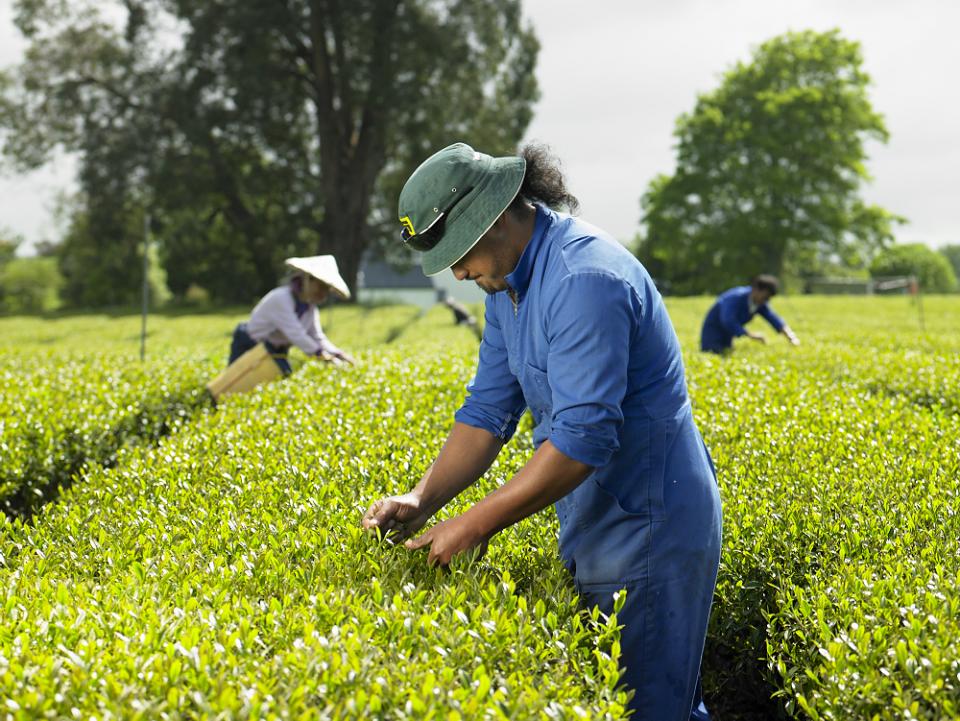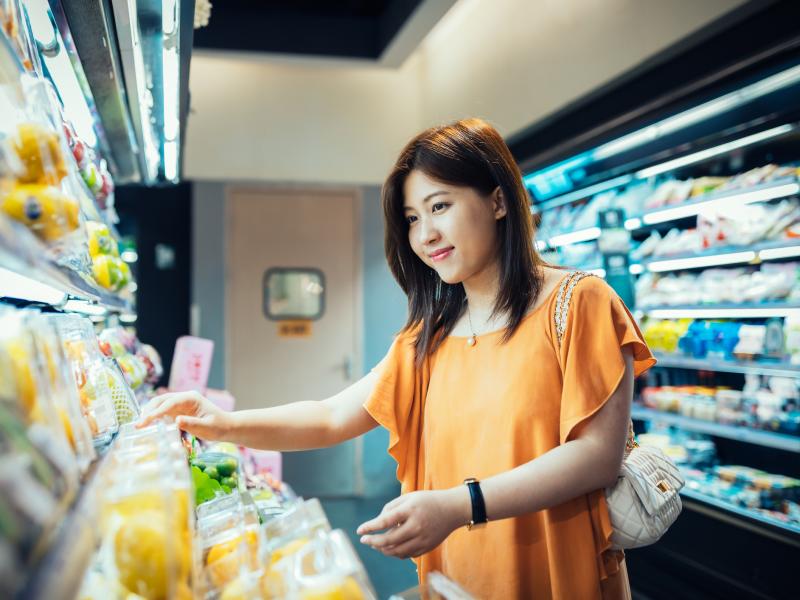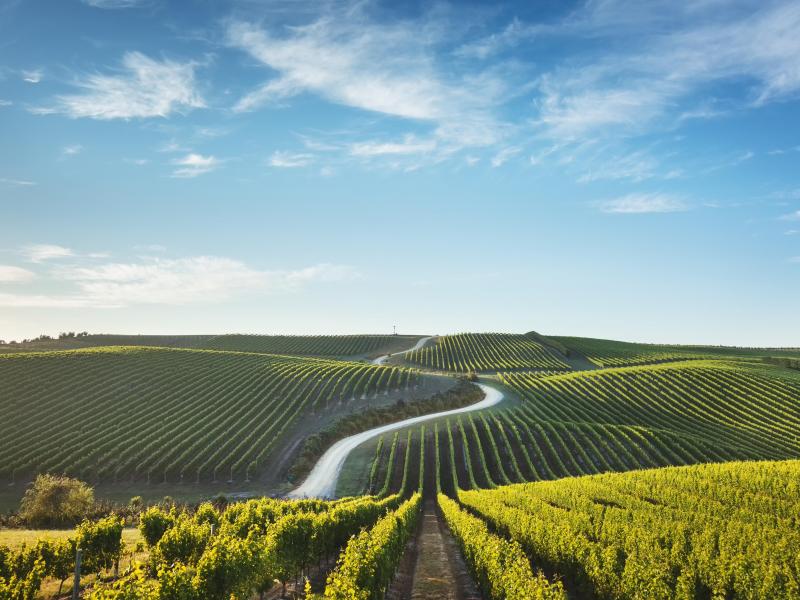Waikato-based Zealong is exporting premium tea to the world’s biggest producer, and is increasingly in demand internationally, writes Catherine Beard.
New Zealand is not the first place anyone might think of when asked where quality tea is grown. This is a perception the makers of Zealong tea found to be their biggest challenge when starting their export journey. But it’s one they have overcome, to the point where they are now selling to the biggest producers of tea in the world – China.
The only commercial tea estate in New Zealand, producing 100 percent organic award-winning tea, Zealong began life in 1996, when founder Vincent Chen imported 1,500 tea plants from Asia. Inspired by a neighbour's flourishing garden camellia, he wondered if tea could be grown successfully in the Waikato.
After a rigorous quarantine period, only 130 of the plants survived. However, Zealong’s local climate, terroir, and lack of heavy frost proved to be ideal for growing the Camellia sinensis tea plant. Today the estate grows approximately 1.2 million plants. Not bad considering Zealong started out as a passion project, with no plan to sell the tea at all.
“In the early stages of exporting, we knew we had something really different,” says Annalese Webber, Zealong’s Marketing Executive. “Like wine, the flavour of tea is influenced by the terroir, so a tea grown organically in New Zealand is unique. We developed the Zealong brand in late 2009, and approached companies who we knew truly appreciated quality tea - esteemed tea stores like TeeGschwendner (Germany), Mariage Fréres (France), Harrod's (London), and TWG (Singapore, Hong Kong).
“As the world's largest consumers of tea and fans of New Zealand's clean green image, we also knew China would eventually have a market for us, so we started carefully looking for a partner there.”
Over time, the team have seen more of a willingness to use the Zealong brand. Initially, tea stores would sell it as "New Zealand tea" or give it their own name. But as trust has developed and the name’s become better known, Harrod's, for example, has changed their label to say Zealong, and TeeGschwendner has signed an exclusive agreement in their first co-branded collaboration.
“New clients are now more likely to take our finished, branded product. We've also found the right partners to work with in China and opened a Zealong flagship store there,” says Annalese.
Gaining organic certification and food safety/traceability certification has been key in growing Zealong’s reputation as a quality tea that really is grown in New Zealand.
After gaining official certification, it was about finding partners who share Zealong’s vision, values, and passion for its products. “Its more than tea, it’s the story, origins, and the decades of effort that made this all happen,” says Annalese.
So where to next?
“At the moment, we’re growing in Europe,” says Annalese. “We have new clients in the UK, Switzerland, and Czech Republic. We’re also looking at developing more bricks and mortar stores in China. Japan and the US are some other up-and-coming markets we’re working on.”
Annalese’s Top Tips
- Don't put all your eggs in one basket - diversify and make sure you are not solely focusing on one export market, especially if you are exporting a branded product. We could have gone straight to China but we focused on Europe too for more security and brand awareness building.
- If you’re going into the organic market, make sure your certification is recognised in the countries you’re exporting to. New Zealand is one of only a few countries in the OECD without regulations around the use of the word ‘organic’.
Catherine Beard is executive director of Export New Zealand. This article first appeared in the April 2019 issue of NZBusiness.






